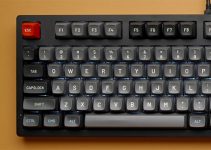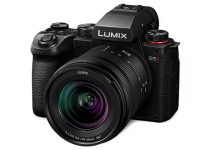While expecting some modest video improvements in the Canon EOS R6 Mark II, I don’t think many people were expected Canon to add some external raw functionality to the new mirrorless camera.
It gets a little better than just adding raw support too, as the R6 Mark II can hit up to 6K resolution using the full width of the sensor.
New cameras and new features do always come with questions however and the raw output of this release does deserve a little scrutiny. If you have questions you may find them all answered as filmmaker Josh Sattin also wanted to know just how good the raw video can be.
Basic Information
To unlock raw video on your R6 Mark II you will need an Atomos Ninja V or other recording monitor that supports ProRes RAW. And, on top of that, you will need to make sure your recorder is updated to the latest so that it actually works.
The R6 Mark II has a fairly impressive range of recording resolutions and frame rates. At its top-spec it’ll do 6K (6000 x 3374) at up to 60p for full-width shooting, there is a 2.4:1 CinemaScope setting with the same 6K width and a shorter height and the same 60p max. And, there is a Super 35mm crop setting for 3.7K at, again, up to 60p.
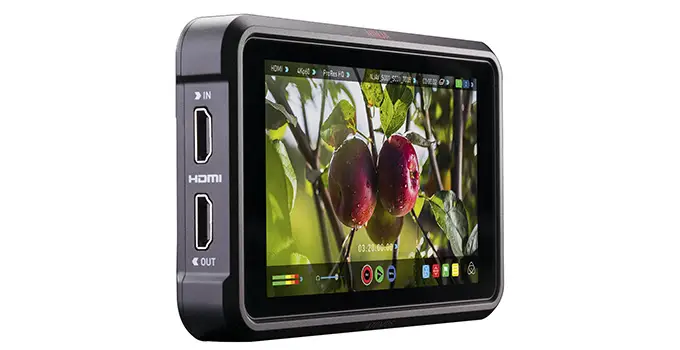
Image Credit: Atomos
Capturing that top 6K at 60p you will need to pick up something a little more powerful than the original Ninja V. Either the Ninja V+ or Shogun Connect will do it. For everything up to 30p you are good with the Ninja V.
Setting Up the Camera
Now that you have the monitor sorted, time to dive into the camera menu. In the camera menu, you will head to the eighth tab and find HDMI RAW Output. Turn that on.
In the first tab, you will have the ability to set the resolution for the HDMI output. The options will be the 6K raw at either 60p, 30p, or 24p. You can also record a proxy internally to your second card slot. These options are limited to Full HD IPB or IPB Light.
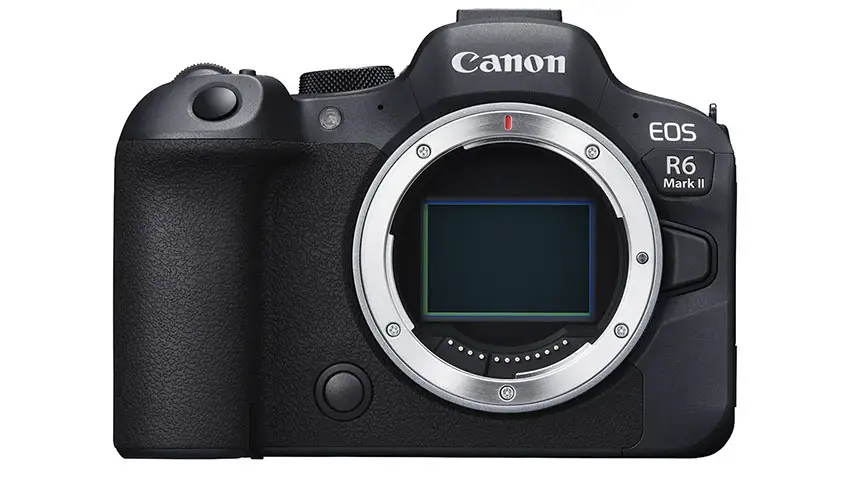
Image Credit: Canon
Accessing the 3.7K crop mode will require you to go to the separate movie cropping setting in the camera’s menu.
At this point you are good to go with the R6.
For the monitor the setup is simple. Make sure you have the codec set to ProRes RAW. It should recognize most of the other settings.
Tests and Comparisons
Time to actually see if all that is worth it.
Right away you can see some differences in how the footage is looking straight out of camera in the NLE. The 4K IPB footage recorded internally has darker shadows and lower highlights compared to the raw in the same scene.
Pulling up the shadows in the raw footage does reveal a great deal of noise. It might even look a bit uglier than the IPB footage which has some in-camera noise reduction applied. This is something to keep in mind before you start using raw yourself as it does sometimes require more work to make the most of it.
Where the raw footage does seem to win out is in the highlights as a bit of extra information is there to be brought out in the final clip.
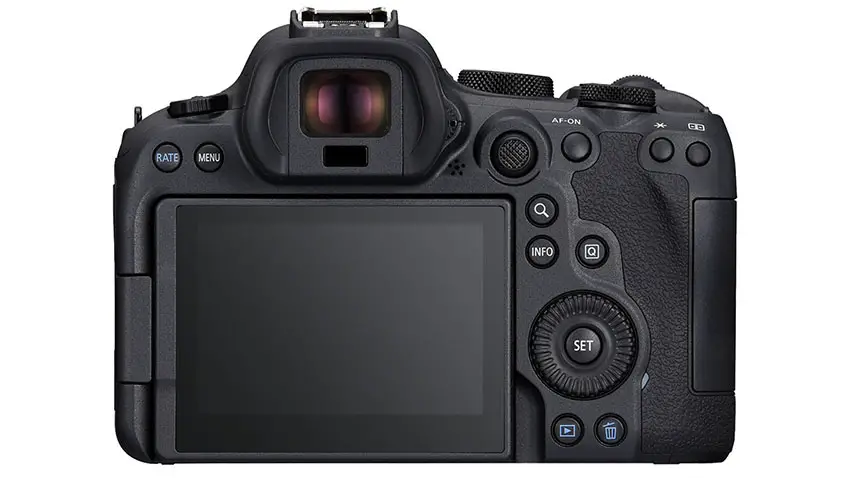
Image Credit: Canon
In other tests the clips seems to match up fairly closely. Raw wasn’t getting the slam dunk win you might think it would.
The straight dynamic range and recovery tests do reveal where raw brings extra advantages. With overexposure there is certainly extra data to be saved. In underexposure it isn’t too different. Raw might hold onto color a tad better, but it isn’t significant.
Should You Use It?
That’s going to be a personal choice, but considering the disadvantages of raw (larger files, more processing, NLE compatibility limitations) the minor benefits don’t seem to be totally worth it.
If you like the raw workflow and full control over your footage you can absolutely make sure to use it, but for most people don’t worry that you aren’t going to take advantage of the camera’s supposed max quality.
What did you think about the R6 Mark II’s raw performance?
[source: Josh Sattin]
Order Links:
- Canon EOS R6 Mark II Mirrorless Camera (B&H, Amazon)
- Atomos Ninja V 5” Recording Monitor (B&H, Amazon)
- Atomos Ninja V+ 5” Recording Monitor (B&H, Amazon)
- Atomos Shogun Connect 7” Recording Monitor (B&H, Amazon)
Disclaimer: As an Amazon Associate partner and participant in B&H and Adorama Affiliate programmes, we earn a small comission from each purchase made through the affiliate links listed above at no additional cost to you.
Claim your copy of DAVINCI RESOLVE - SIMPLIFIED COURSE with 50% off! Get Instant Access!



